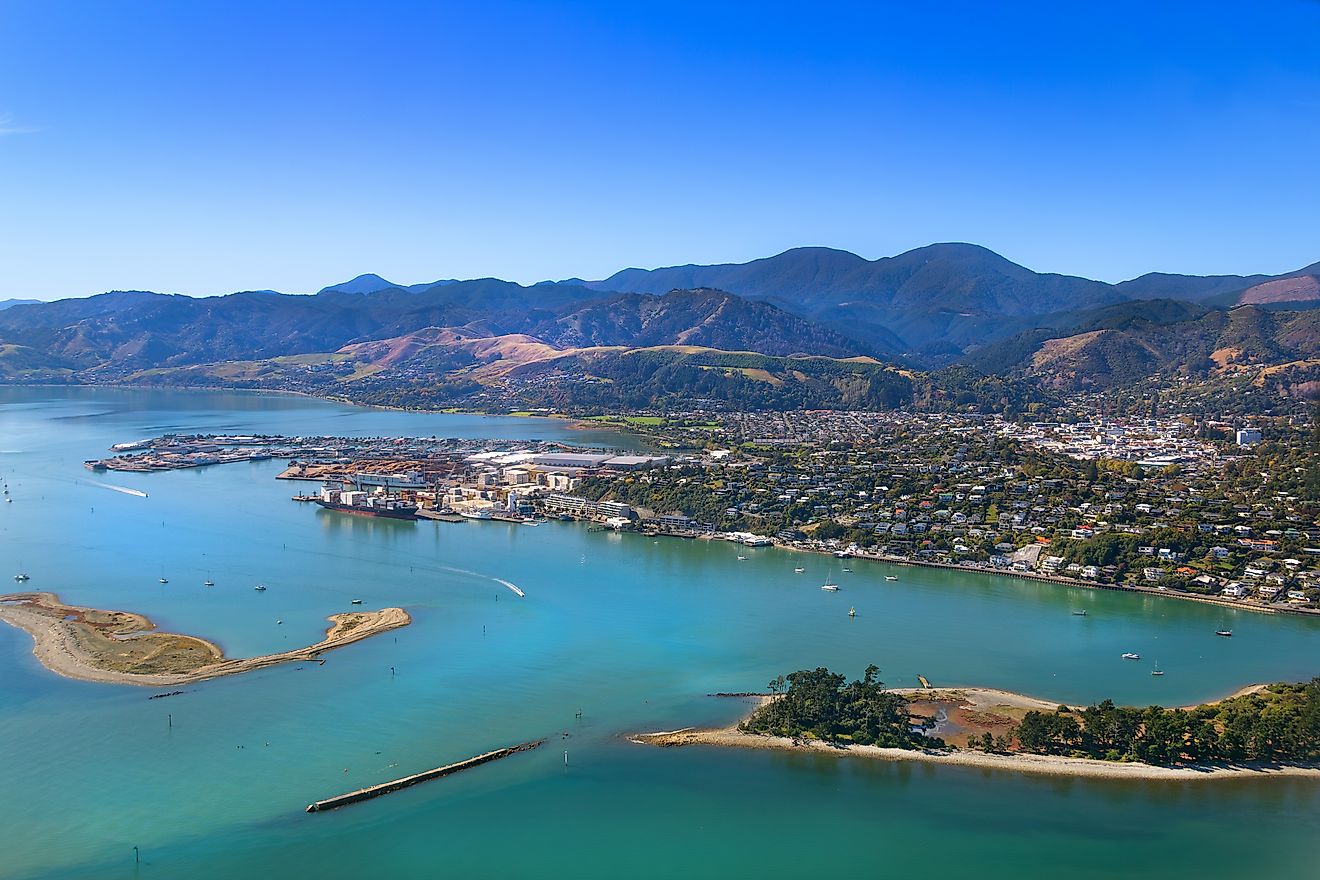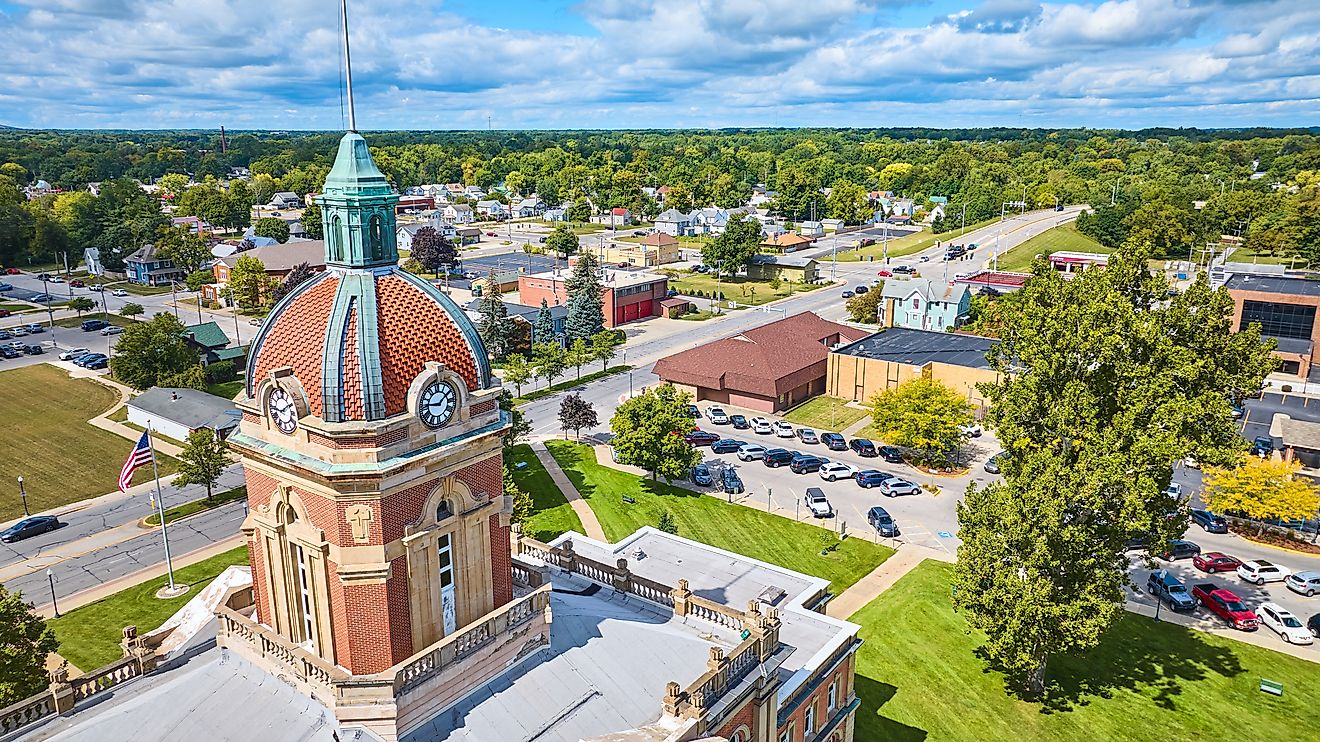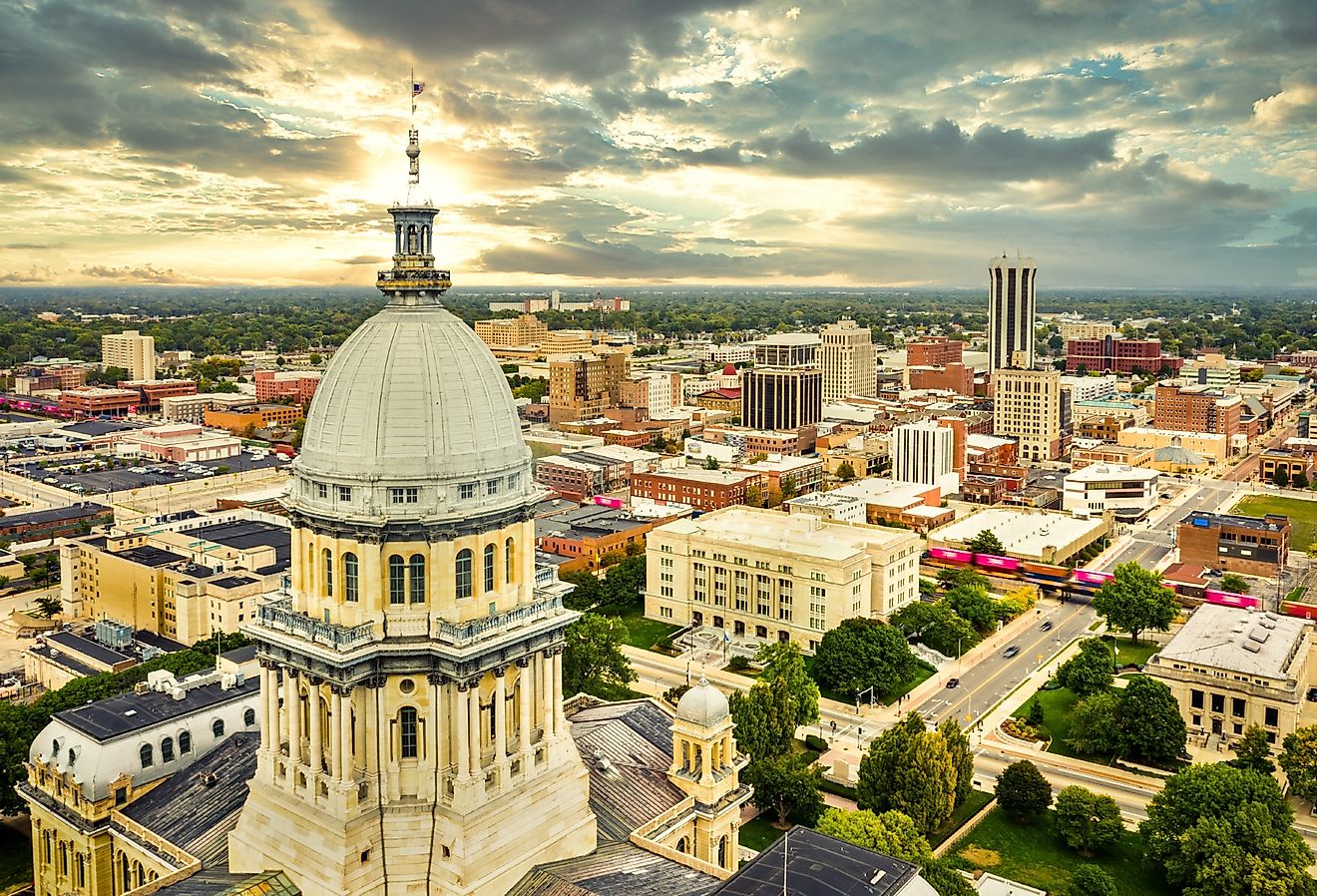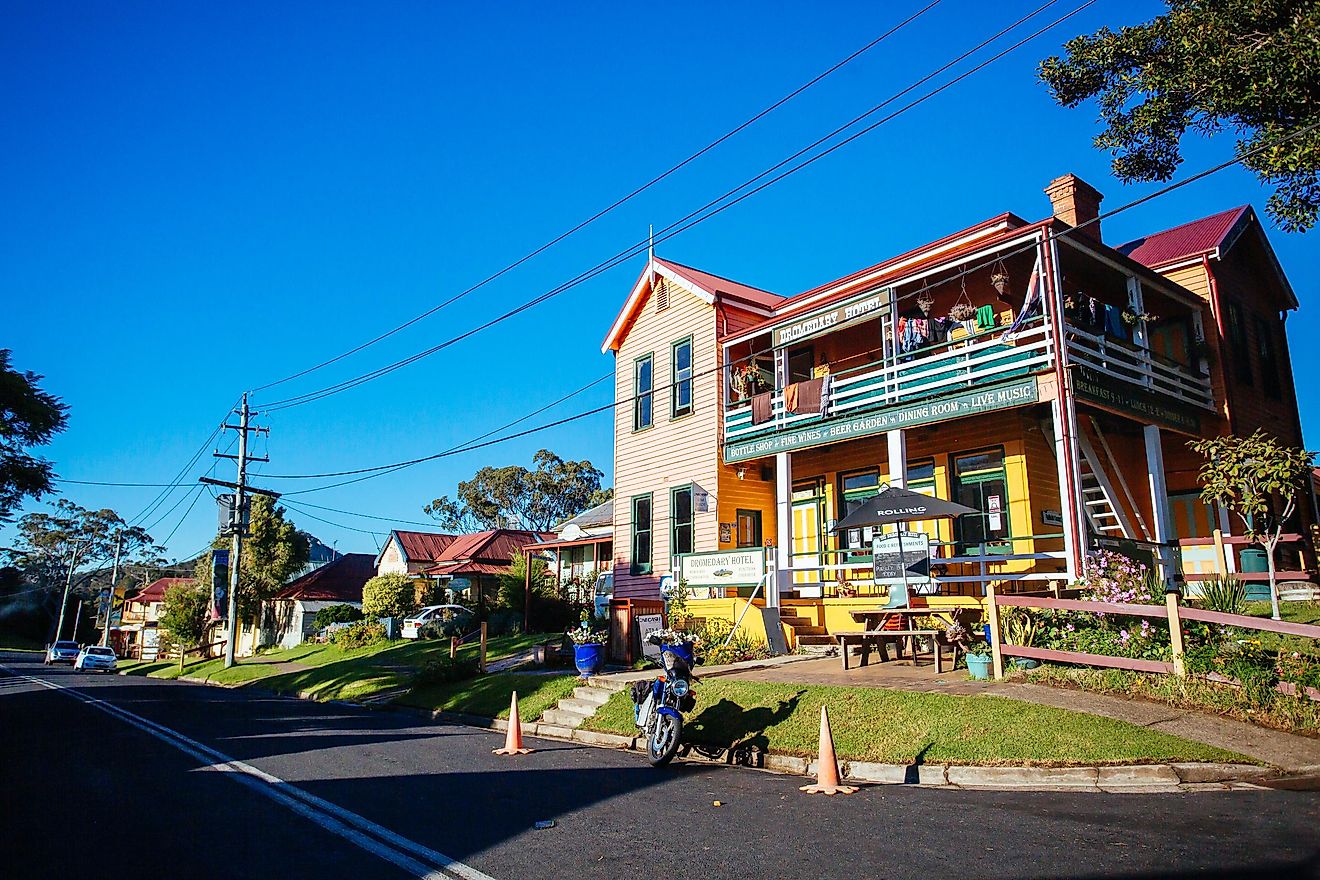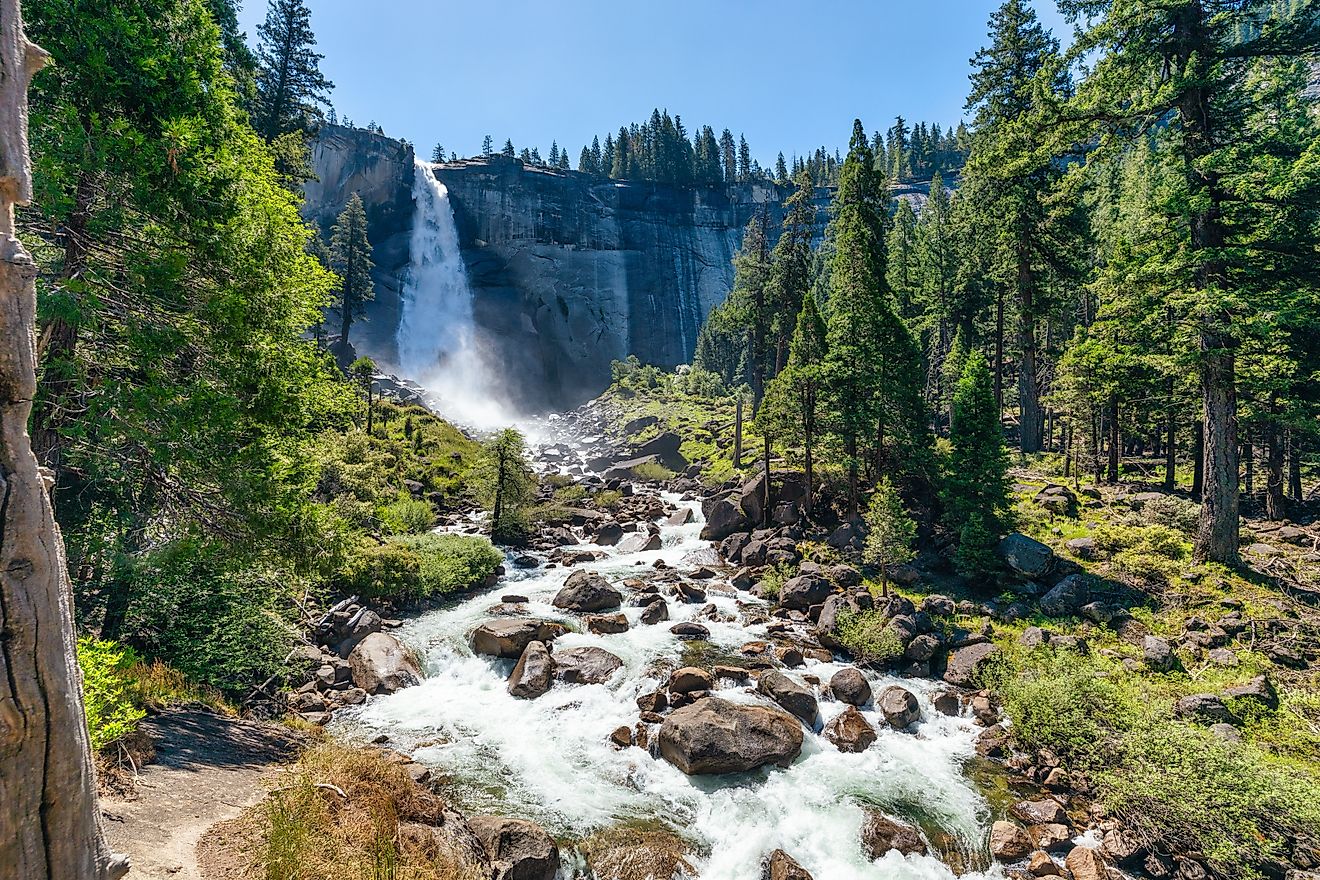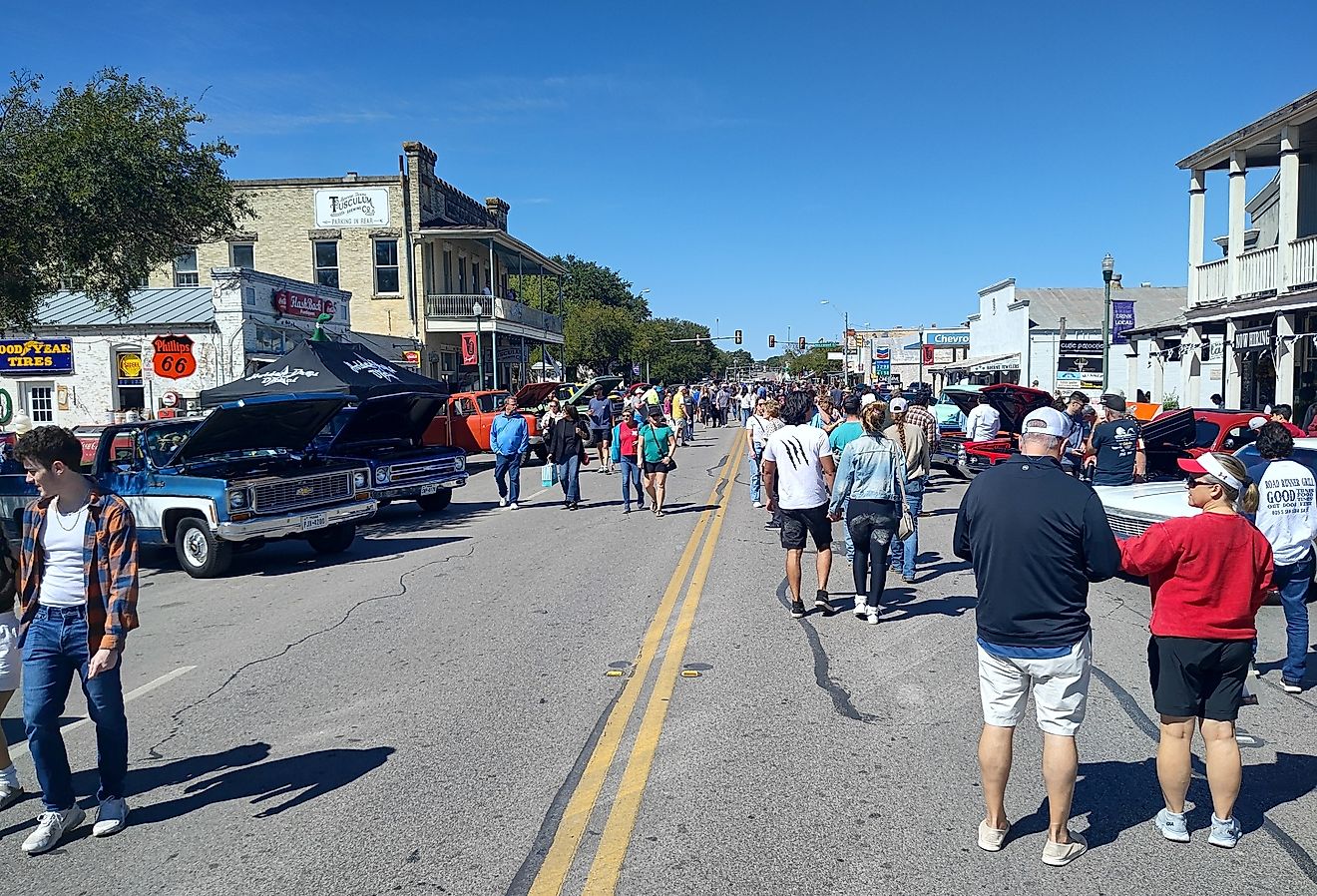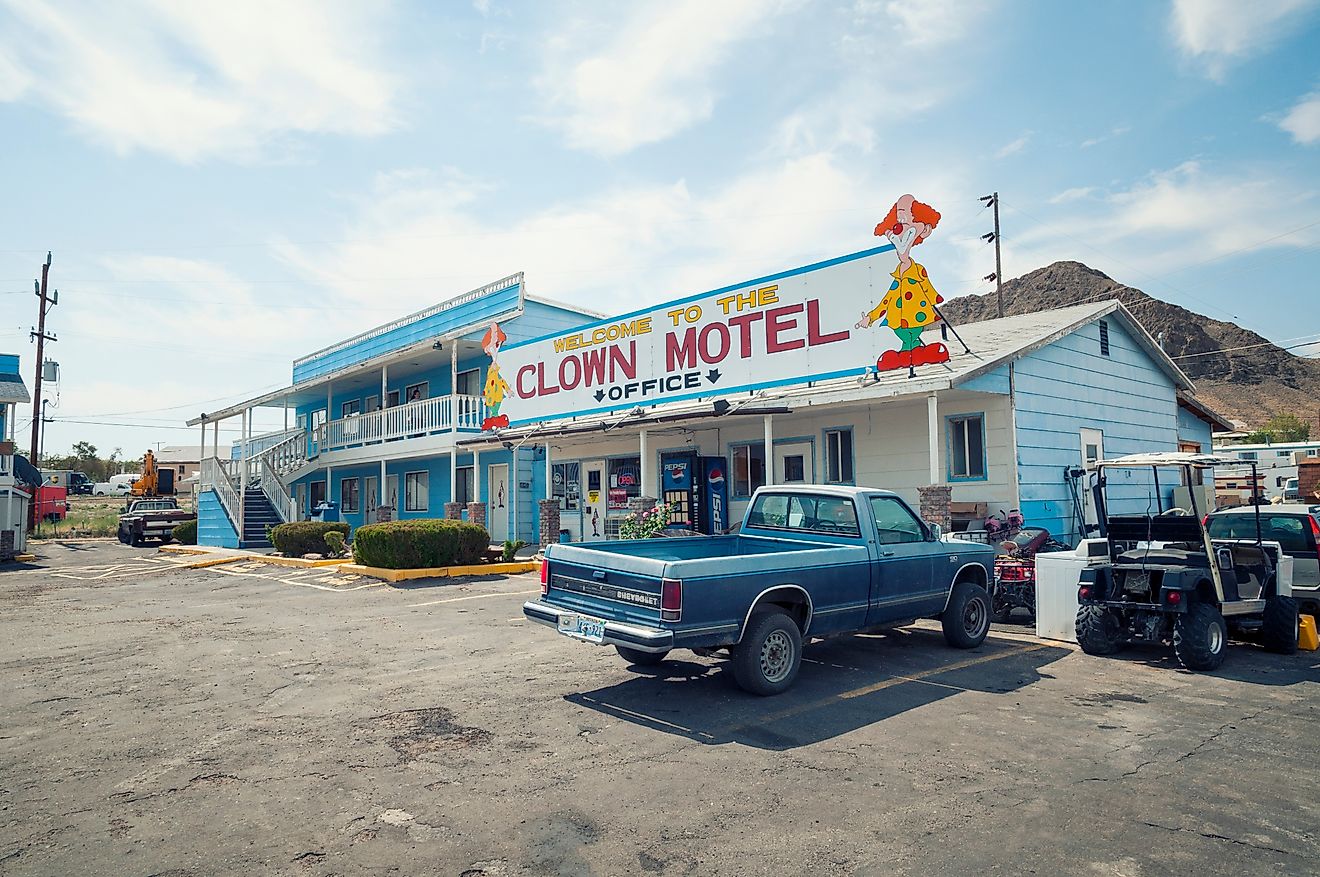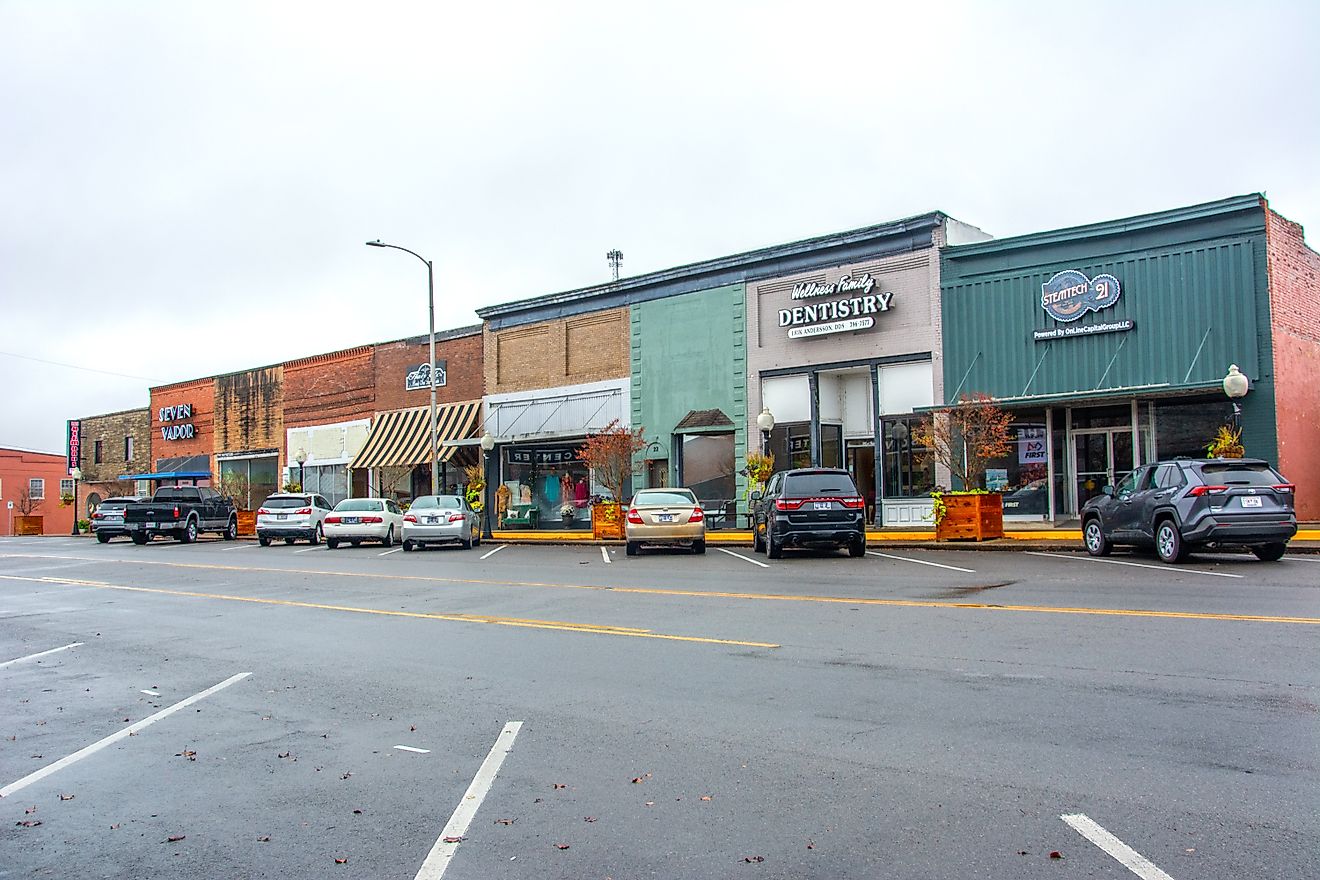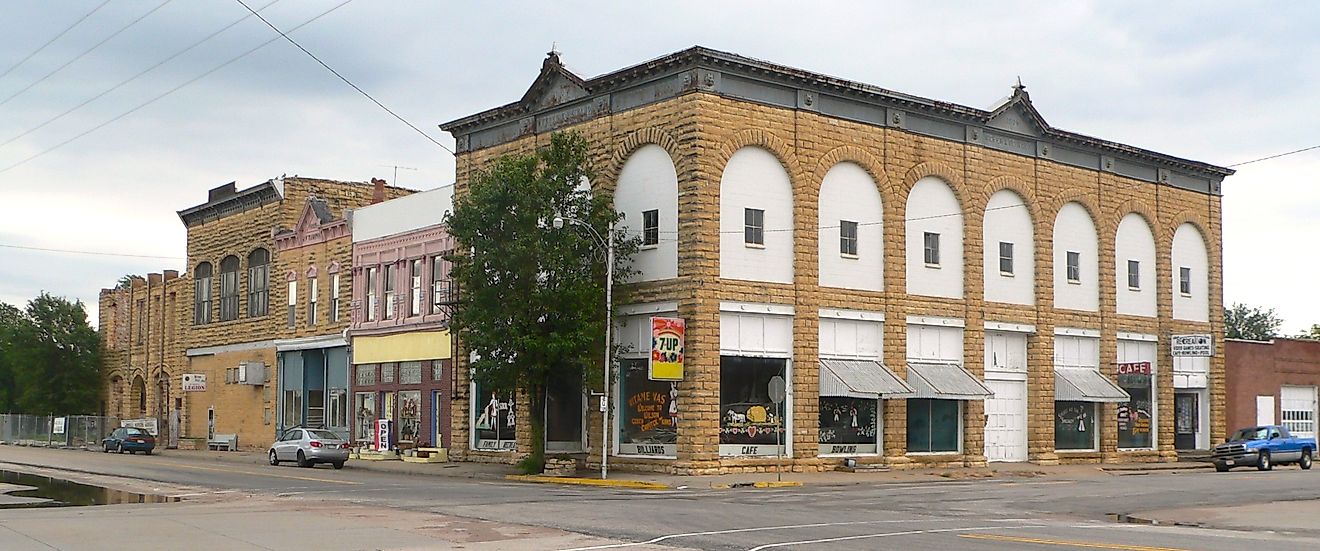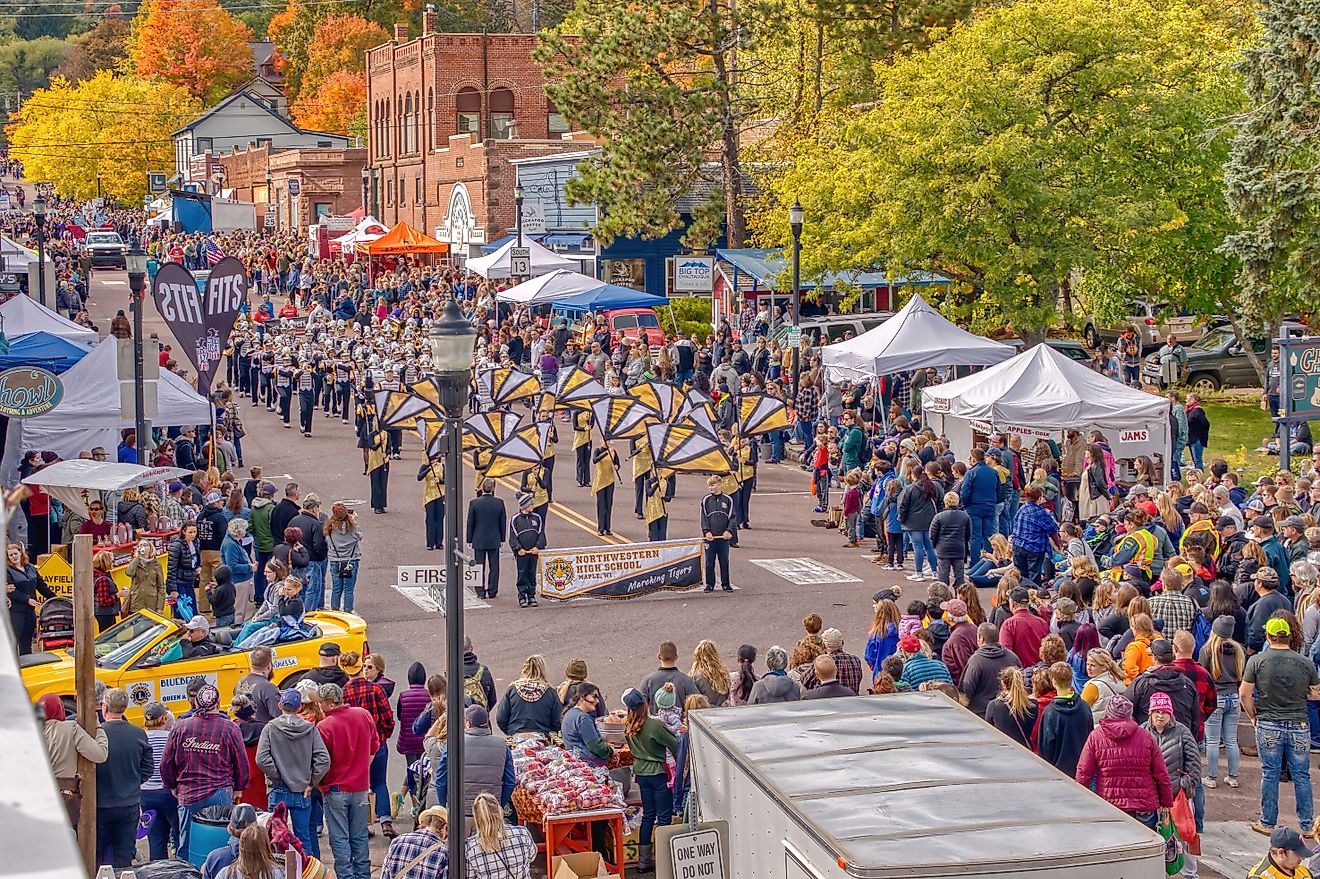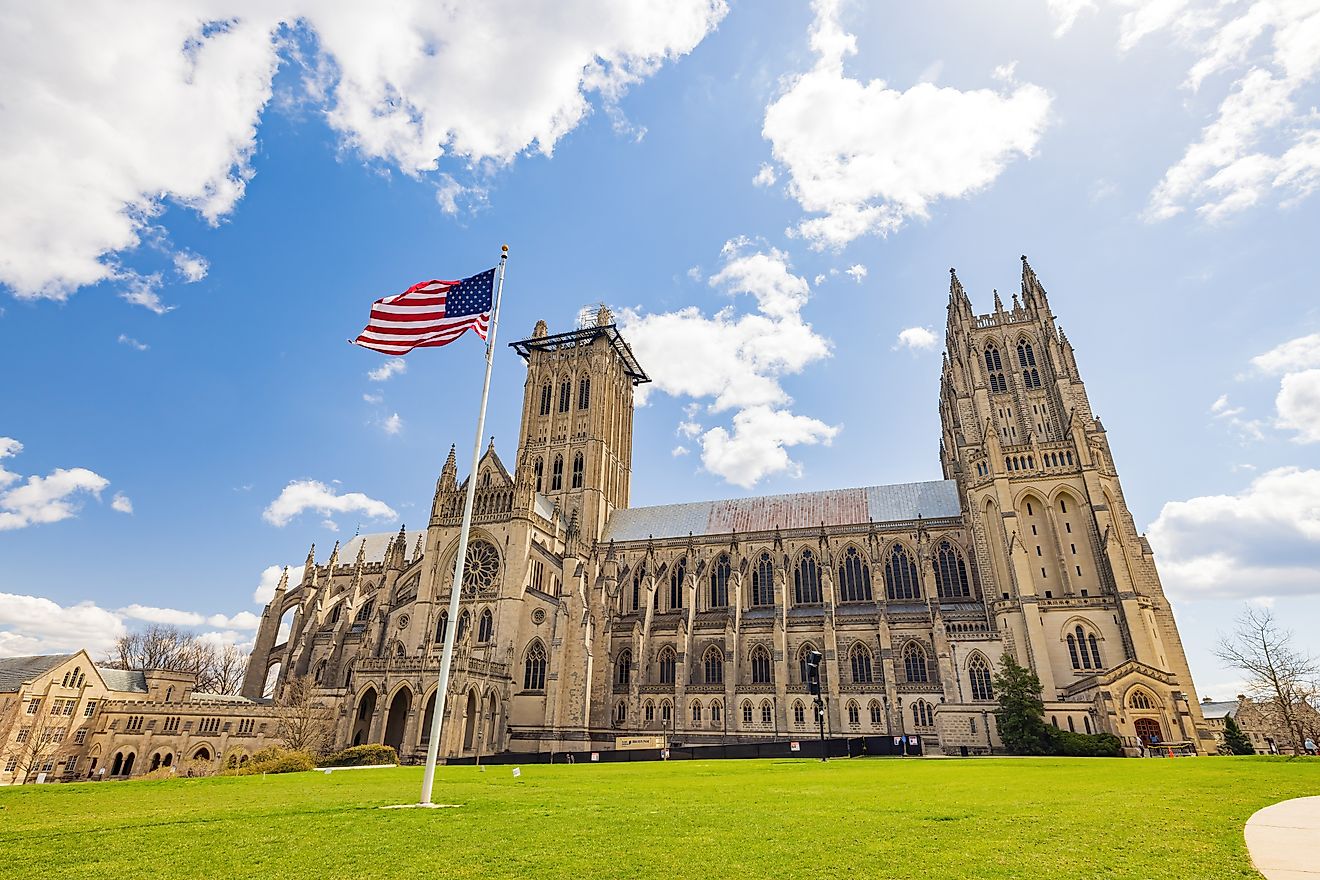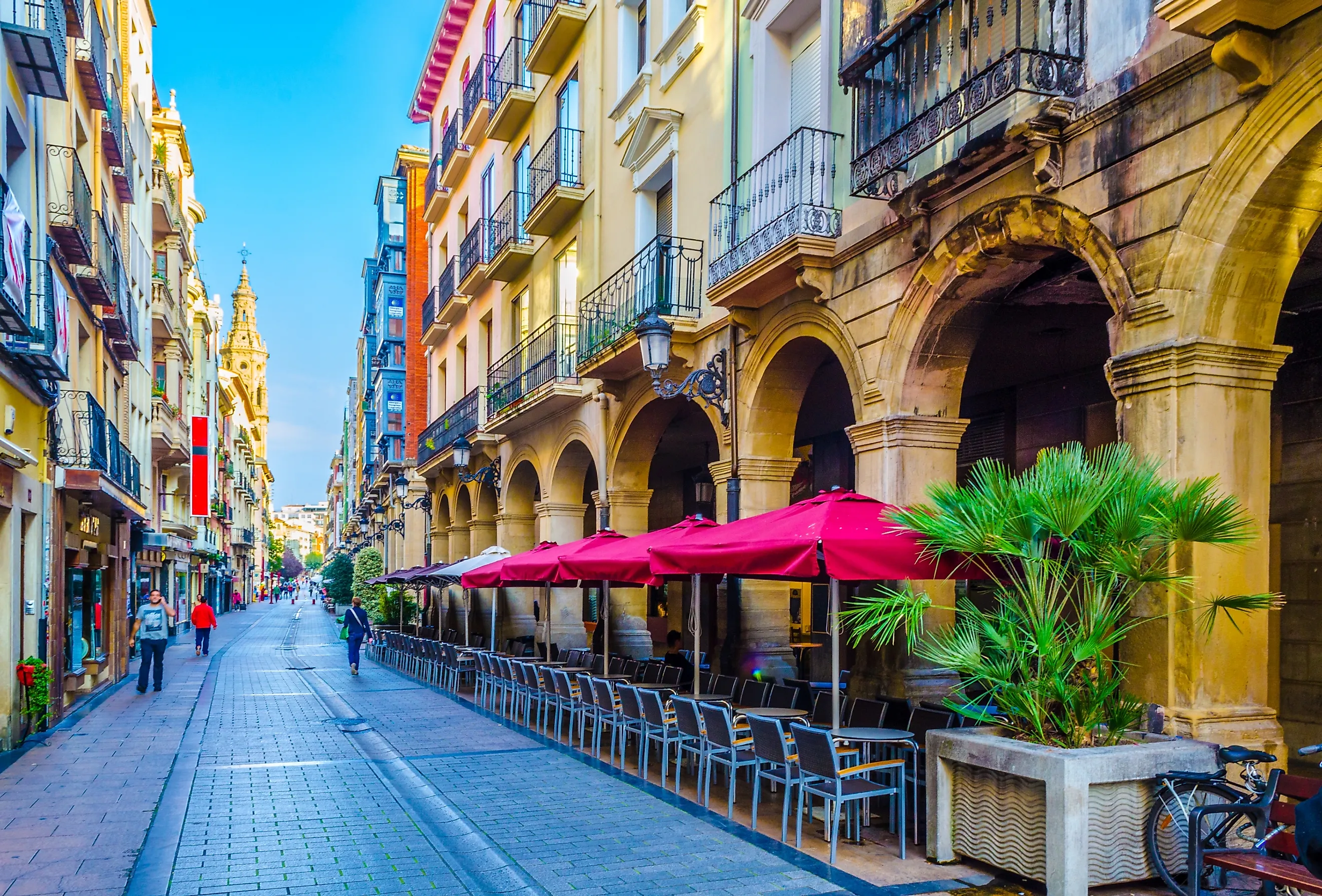
Logroño, Spain
Logroño is the capital city of North-Central Spain's La Rioja region (autonomous community/province, celebrated wine country, and purportedly, the birthplace of the Spanish language). It strikes a welcomed balance between obscurity and accessibility. While the population consistently hovers around 150,000 residents, rotating festivals, the Camino de Santiago, and the everyday appeals of this culinary savant, each bring in tens of thousands of visitors at any given time. Logroño is slightly off the typical tourist trail, but at the same time, it is easily reached via high-speed, direct trains from almost anywhere along popular Spain itineraries. So find a cool pintxos tavern on some cobblestone street, cozy up with a glass of world-famous wine, and appreciate watching a different side of Western Europe pass by.
Geography of Logroño
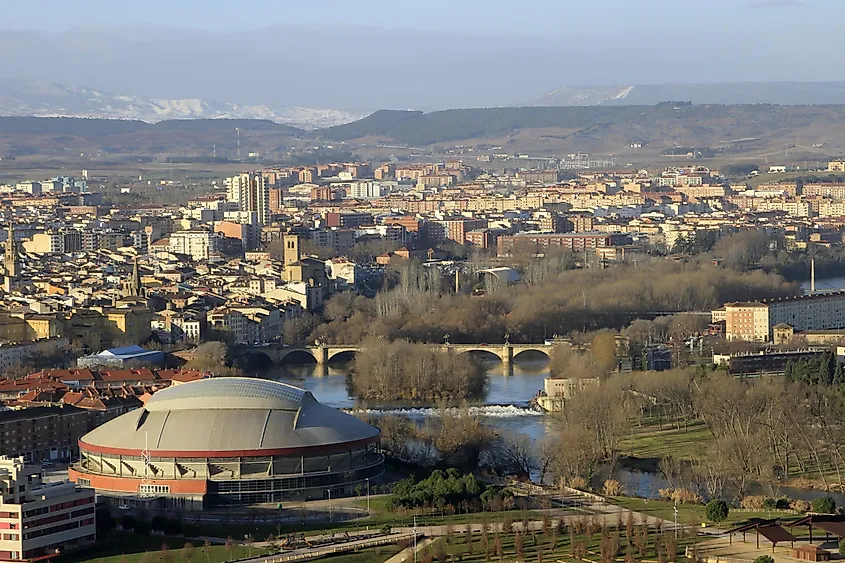
Logroño is the capital of the North-Central Spanish province and autonomous region of La Rioja. The city is traversed by the Ebro River, just after it snakes along the border of Basque Country (to the North), and just before marking the geographical border with the Navarre region (to the East). Ebro Valley rests at 384 meters (1,259 feet) above sea level. Logroño sits roughly 137 kilometers (85 miles) South of the Bay of Biscay port city of Bilbao, 85 kilometers (53 miles) Southwest of the bull-running streets of Pamplona, 170 kilometers (106 miles) Northwest of Zaragoza (the capital of the Aragon region), and 334 kilometers (208 miles) North-Northeast of the nation's capital of Madrid.
A Brief History of Logroño
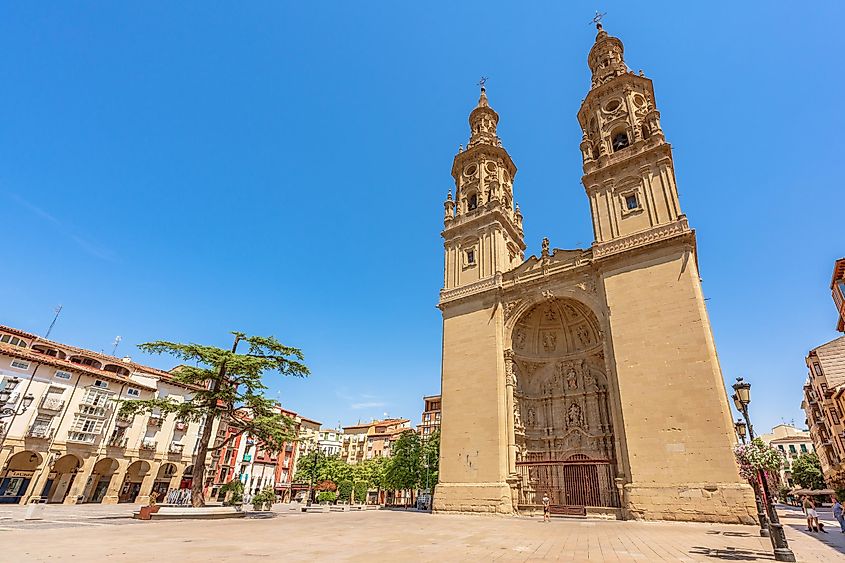
The North-Central region of the Iberian Peninsula was likely settled during the Celtic-Iberian (or Celtiberian) era (i.e., the last centuries of BC). However, it was formally founded by the Roman Empire under the name Vareia. It stood uncontested until the 5th century AD when the Visigoths assumed control of the site. Then, in 574, it was destroyed by the Visigoth King Liuvigild (or Leovigild). The Muslim kingdoms, often referred to as the Moors, moved into the region in about 711, kicking off the conflict-riddled era known as the Reconquista (which is generally marked by the Battle of Covadonga in approximately 722, along the Northern coast of modern-day Spain).
Throughout the 10th century, ownership of Logroño was disputed by the kings of Navarre and Castile. However, the town itself exemplified more loyalty to Castile, which led to a ransacking by the Navarran in 1092. Three years later, as a show of support, King Alfonso VI of Castille signed a charter granting Logroño independence. All the while, Logroño was growing in notoriety, thanks to the Camino de Santiago – a recently established pilgrim route that passed through here on its way across the Northern countryside. This Christian tradition demonstrably shaped the streets and culture of the town. During this time, Puente de Piedra (then called Puente de San Juan de Ortega), the first major bridge across the Ebro River, was built out of stone to welcome the steady stream of visitors. The Camino-related cultural boost was further enhanced when Logroño was mentioned in the Codex Calixtinus (the first official guide for the pilgrim route) in the 12th century.
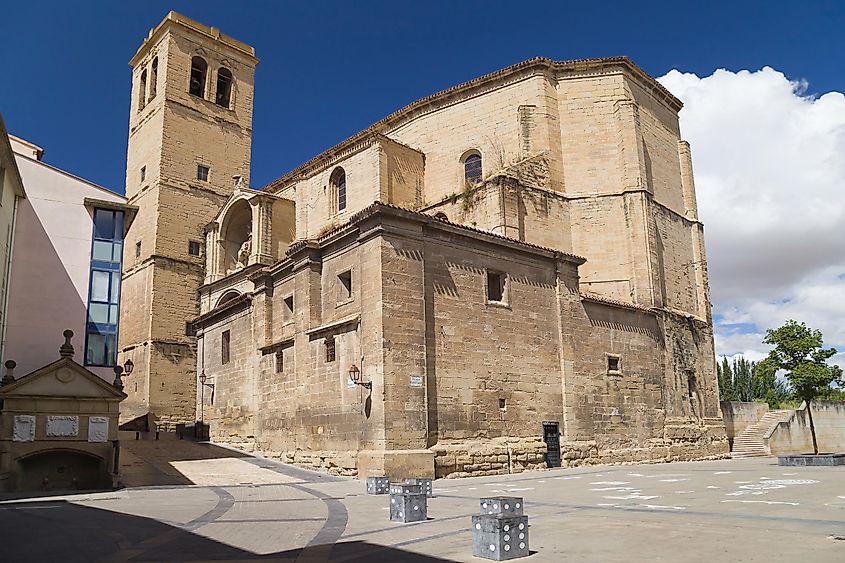
In the early 16th century, construction began on the Santiago el Real Church. Today, it stands next to Fuente de Santiago (a fountain built to serve thirsty pilgrims) and a shelter within the parish (called an albergue), constructed to house the weary wanderers.
Also, in the early 16th century (1521, to be exact), there was a heavy siege on Logroño by French troops. After seventeen days of battle, the 4,000 soldiers from Logroño (who at the time were under the command of the Duke of Nájera) successfully repelled the reported army of 30,000. Since the battle ended on June 11th, the day of San Bernabé, Saint Bartholomew was made the patron saint of the city, and the annual Festivities of San Bernabé (which take place the first fortnight of June) take place in honor of this apostle of Christ who is believed to have blessed the city in its hour of need.
Another standout event was the Basque witch trials of 1610. This was one of the last times that innocent civilians were burned at the stake for supposed witchcraft – a particularly dark blot during the Spanish Inquisition. While Basque Country moved beyond the superstitious brutality, the practice continued for some time across other parts of Europe. In 1822, the Province of Logroño (i.e., the predecessor to La Rioja) was born. In 1982, Logroño became the capital of the autonomous community of La Rioja. Over the last couple of centuries, thanks to the influx of French settlers and the exceptionally fertile soils of the Ebro Valley, La Rioja developed into a high-caliber wine country.
Living In Logroño
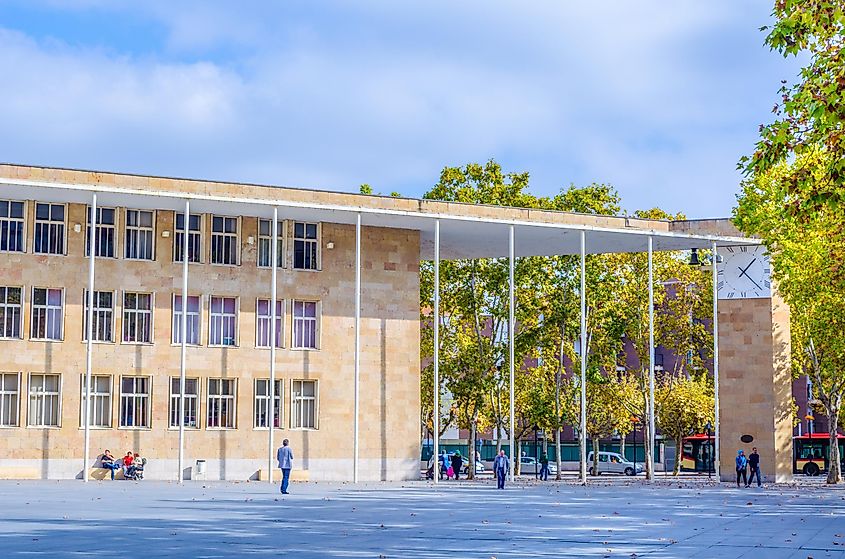
Logroño is an inviting but relatively undiscovered expat hub. International Living ranks Logroño (as well as nearby Burgos) as one of their picks for lesser-known cities worthy of retirement. According to the site, as of 2022, a four-bedroom, two-bathroom, centrally-located apartment could be rented for just $635 (USD equivalent) per month. And according to the aggregate data offered by expatistan.com, the upper range for a large apartment in the most expensive area goes for $795, with studio apartments in areas of lower demand coming with a monthly rent of only $412.
Healthcare is excellent throughout all of Spain – ranked by the World Health Organization and the 2023 Health Care Index as one of the best quality systems on the planet (second in Europe only to Denmark). Free or low-cost services are provided through the public sector, and out-of-pocket private options are also available. The overall cost is significantly less compared to the United States. For specific reference, in Logroño, a visit to a private doctor is estimated to cost about $61.
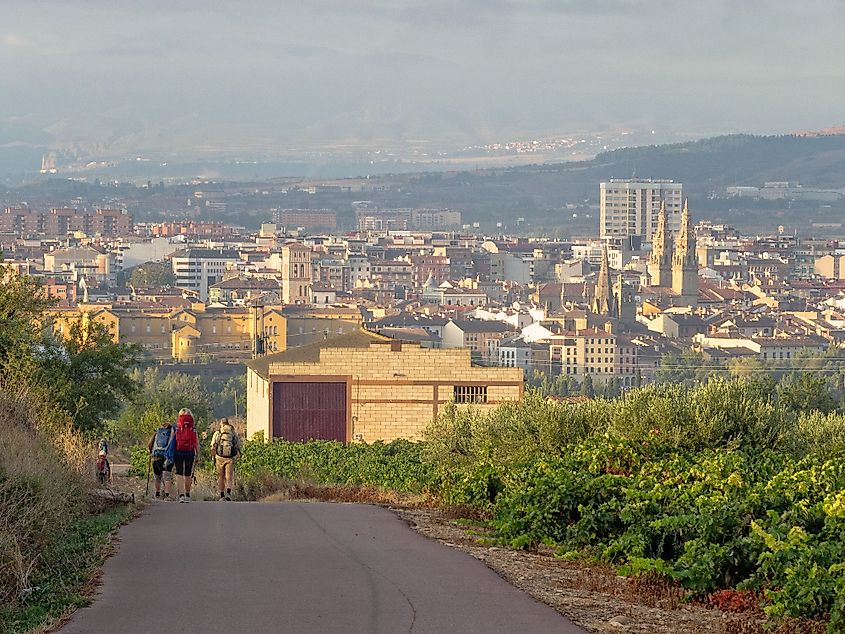
The education system is also multi-tiered and of general high quality. There are state-funded, state-subsidized private, and privately-funded options. Schools are governed by the Ministry of Education and Vocational Training in conjunction with the bodies of the autonomous communities. Logorono has one major public higher education facility: the University of La Rioja (or Universidad Nacional de Educación a Distancia en La Rioja). But just up the road, in the Navarre capital of Pamplona, the University of Navarra ranks as #280 on the QS World University Rankings, is considered the second-best institution in Spain according to the annual CYD ranking, and welcomes 3,387 international students on average, across its four campuses.
Logroño's urban development and geographical location lends itself to those who want a mix of city life and green spaces. For starters, the streets and squares are commonly lined with refreshing splashes of trees. Visitors and residents alike can also take refuge in the two sizable parks adjacent to the Ebro River, Parque del Ebro and Parque de La Ribera, as well as the many smaller parks and natural displays peppered throughout. And finally, less than an hour's drive South of the city, Parque Natural Sierra de Cebollera awaits – 23,640 hectares of mountainous/glacially-carved scenery of the Los Comeros region on the border of the province of Soria.
And, of course, Logroño has everyone covered in the food and entertainment department. Let's dive a little deeper into what makes Logroño so attractive.
Logroño's Attractions And Festivals
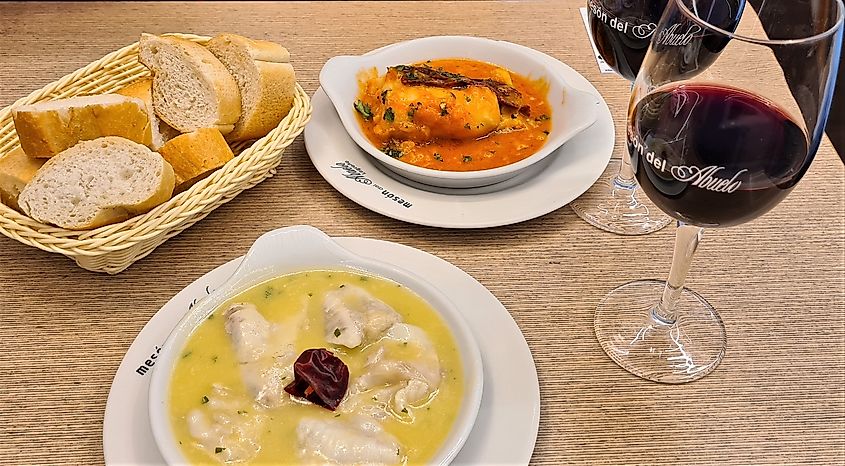
Logroño has emerged as a culinary gem. In 2012, it was even named the Spanish food capital. As with the rest of the Northeast region (i.e. Spanish Basque Country), pintxos are the specialty. These are the Basque equivalent of tapas. Within the historic center, in a four-block area known as La Laurel (along and around Travesia de Laurel), there are some 50 bars that spill out into the street, all of which serve up a unique blend of tasty small plates. Such local offerings include prawns, quail eggs, mushrooms, pig cheeks, and rioja-style potatoes, and for dessert, try pears in wine or almond pastries. Given the modest portions and infectious spirit of the neighborhood, several different spots can easily be indulged across an evening.
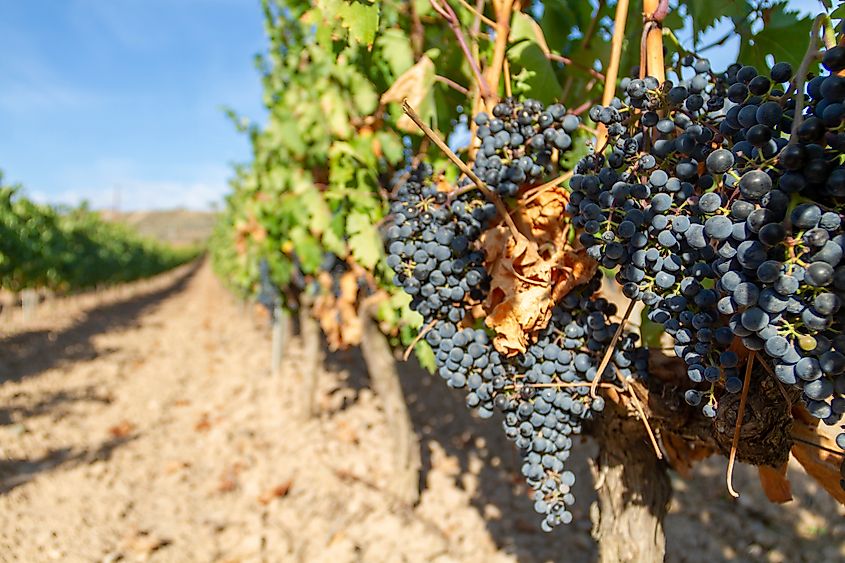
Another aspect of Logroño that entices the palette is the selection of world-class wines that are grown in the surrounding area. There are three sub-regions throughout La Rioja that total 65,000 hectares of wineries. Many bodegas offer tours and tastings, but the fruits of the fertile lands can also be enjoyed at any local establishment. Spain's oldest beer, Estrella Damm, is another big hit. Those lucky enough to visit in mid to late September (the 16th to 22nd, as of 2023) can participate in the Fiesta de la Vendimia Riojana (Rioja Wine Harvest Festival), which also coincides with the San Mateo Festival. This week-long affair includes such activities as traditional grape stomping, concerts, games, and even some bull running for good measure.
In order to burn off all those delectable calories, include leisurely walks around the old town. Such focal points include the Cathedral of Santa Maria la Redonda (built in various styles above a circular floor plan between the 15th - 18th centuries), whose two Baroque towers (known as "the twins") stand resolute above Plaza del Mercado – an active community square used for festivals, concerts, and other regularly-occurring events.
Speaking of churches, the Church of San Bartolomé was constructed in the 13th century (thereby preserving some of the original Romanesque style despite the multiple restorations) in honor of Saint Bartholomew. The Mudejar tower (i.e., bell tower) was initially part of the perimeter wall, but today welcomes visitors with inspiring vistas. Also first constructed around the end of the 12th century/early 13th century is the Church of Santa Maria de Palacio. It is immediately recognizable by its octagonal gothic tower, known locally as "the needle."
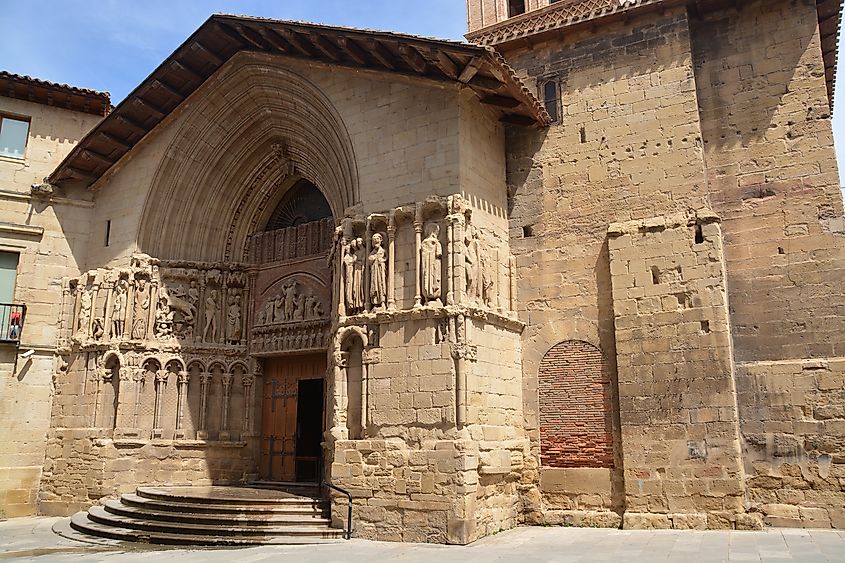
The Museum de La Rioja is another site in the heart of the old town that is well worth a visit. It exists within an attractive 18th-century Baroque building and displays everything from Celtiberian stone carvings to Roman-era exhibits to collections of 19th-century/early 20th paintings. The layout is designed to give visitors a cultural overview of the area from prehistoric to modern times.
Other major events in Logroño include the La Rioja International Plectrum Music Festival, which highlights the beauty of plucked string instruments, the Festival Actual, which brings in approximately 30,000 visitors looking to enjoy a mix of film, music, theater, and other contemporary art mediums, and Easter Week is always an impassioned affair – with community processions depicting the final days of Jesus' life.
Camino de Santiago
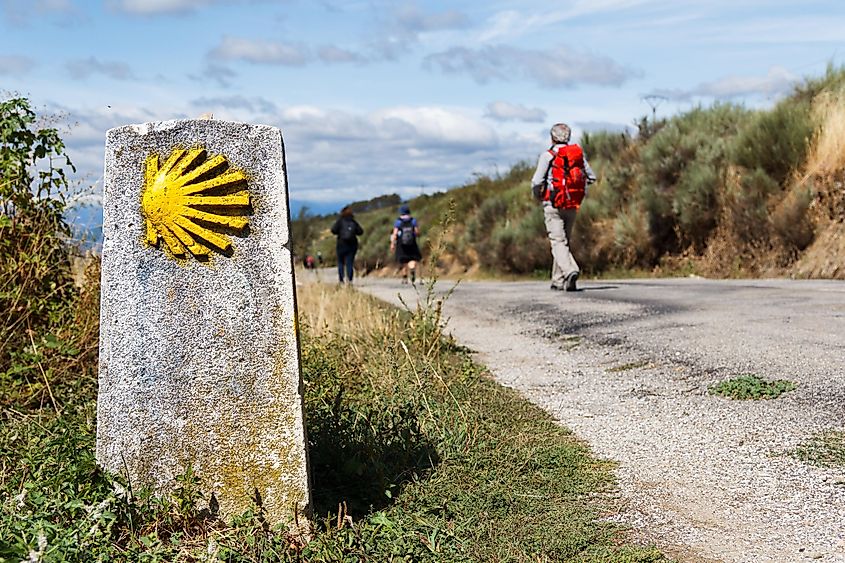
The Camino de Santiago (or The Way of Saint James), is a long-standing tradition that sees "pilgrims" walking across Spain, utilizing all sorts of routes, but ultimately ending up at the main cathedral in Santiago de Compostela, where the remains of Saint James are supposedly held. The Camino Francés was established in the 11th century, passing right through the center of Logroño. It has since become the most popular pilgrimage – not just for the pious, but for adventurous sightseers too. To get a feel for the Camino's essence, try walking across the Puente de Piedra (Stone Bridge) that was originally built at the time the pilgrimage kicked off. Though it was replaced in 1884, the seven-arch stone design across the Ebro River is still one of the icons of the city.
Once on the South side of the river, continue into the old town to the Church of Santiago el Real, which has a shelter and a fountain to serve pilgrims, as well as art in honor of Saint James and the pilgrimage in general. The distinctive yellow arrows and sea shell logo will lead the way through town, westward towards the coast, and back towards Pamplona (the previous major stopover) and St.-Jean-Pied-de-Port, France, the primary starting point.
Getting To And Around Logroño
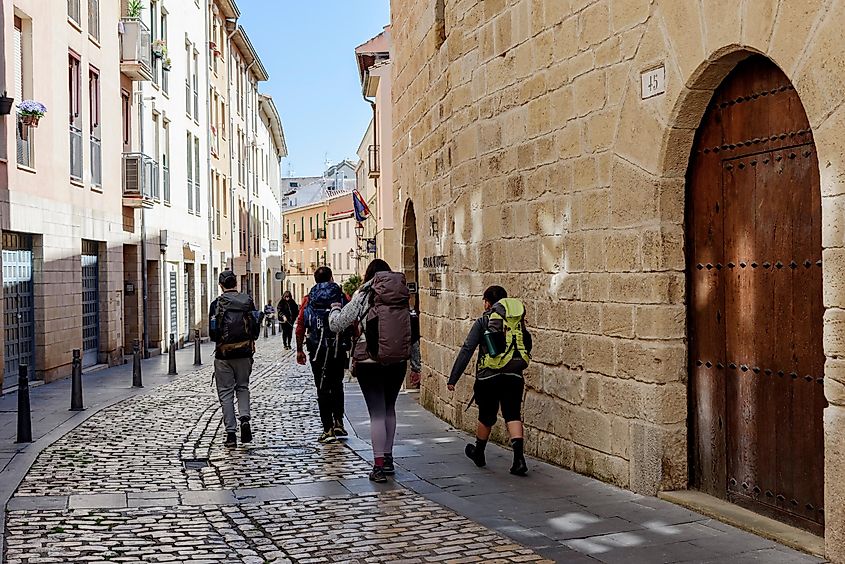
Substantial international airports can be found in Madrid and Barcelona. Smaller international airports are also located in Bilbao and Pamplona. Logroño itself even has a small airport, with infrequent but daily flights offered to and from Madrid. No matter the airport, there are high-speed and often direct trains offered to Logroño from all over the country. The same goes for buses, which are slower but more affordable.
Once you have arrived in Logroño, there are several ways to explore. For starters, given the size and historical layout, it is enjoyable and efficient to simply walk the core streets. Otherwise, a network of ten city bus lines will facilitate fast and easy movement. For a nice middle-ground approach, why not try the bicycle lane system? If you do not have your own wheels, Logroño has a public, app-based program called BiciLog.
Logroño offers an authentic glimpse into Spain. The city is connected to some of the most pivotal eras throughout the history of the Northern Iberian Peninsula. It represents some of the best of the Spanish culinary and wine scenes, and its Roman origin combined with expansions through the Middle Ages has led to an aesthetically alluring layout. Logroño has its share of battle scars, but it has also welcomed countless peaceful pilgrims throughout the centuries, and nowadays, enthusiastic backpackers/Europass holders, along with expats looking for a change in culture.
